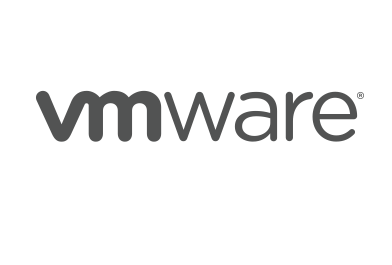Dave Vellante
Latest from Dave Vellante
Ten Realities for IT Service Organizations
There are several infrastructure-related trends we’re watching here at Wikibon that will have direct impacts on IT organizations and service delivery over the next five years. Specifically: #1 The consumerization of IT. CEOs have come to realize that for many organizations, IT in the home is “better” than IT at work. This mindset is ...
Cloud Services M&A: Condensation Forming
There has been a spate of acquisitions in the cloud space, as companies are trying to fill holes in their service offerings. Recently we’ve seen NaviSite snatched up by Time Warner, CenturyLink buy Savvis, and OpSource go to DimensionData (owned by NTT). And then this week we saw Citrix fork over anywhere from $250M to ...
The Services Angle on VMware’s Cloud Infrastructure Suite
Three years ago, VMware CEO Paul Maritz announced his intention to build what he called a “Software Mainframe.” What did that mean? It meant that VMware engineers (2,000 of them) were going to build a software platform that was: 1) highly scalable and capable of supporting virtually any application and workload; 2) reliable – i.e. ...
Technology Services: A Market in Transition
A Market Primer: How Cloud Computing, the Rise of India and the Consumerization of IT are Changing the IT Services Business The market for technology services is changing dramatically, driven by macro forces of cloud computing, virtualization, mobility and data growth. In addition there are ten major trends impacting services organizations, including: The shift ...
Google Brain Drain Continues: Nirvanix Lands a New CTO
Paul Froutan, the former head of global data center infrastructure at Google has joined cloud storage provider Nirvanix as its new CTO. Froutan, who resides in Houston, TX, spent four years at Google and was responsible for five of Google’s data centers, which reportedly cost around $500M each to build. According to sources familiar with ...
Public, Private, Hybrid Cloud…What’s in a Name?
As it turns out, a lot. Recently, a growing number of suppliers have begun talking about hybrid clouds. The idea is that you can get the best of both cloud worlds. That is, the security, reliability and control of an on-premise solution while at the same time tapping the elasticity of the public cloud. EMC ...
Parting of the Clouds
Back in 2007, Wikibon warned its members to read the fine print in cloud SLAs. At the time we were discussing Google’s terms with enterprise customers when we stated: Google’s SLA terms do leave lots of wiggle room for the consumer giant such as: ▪ Promising penalties for downtime based on user error rates exceeding ...
Cloud Storage: Separating the Contenders from the Pretenders
Since 2006, when Amazon introduced its Simple Storage Service (S3), organizations concerned about security and service levels have been eagerly waiting for a viable marketplace of storage services to emerge. The industry lately has been doing sort of a replay of 1998-2001 when storage service providers were all the rage. Those who are old enough ...










